An Uncharted Sea of Pathos, Dorothea Lange’s Depression-Era Photos at the National Gallery Inspire Empathy, Not Pity
She was one of a great generation of photographers whose careers were kickstarted by their work for the feds during the Depression. Sometimes you’ve got to hand it to Uncle Sam.
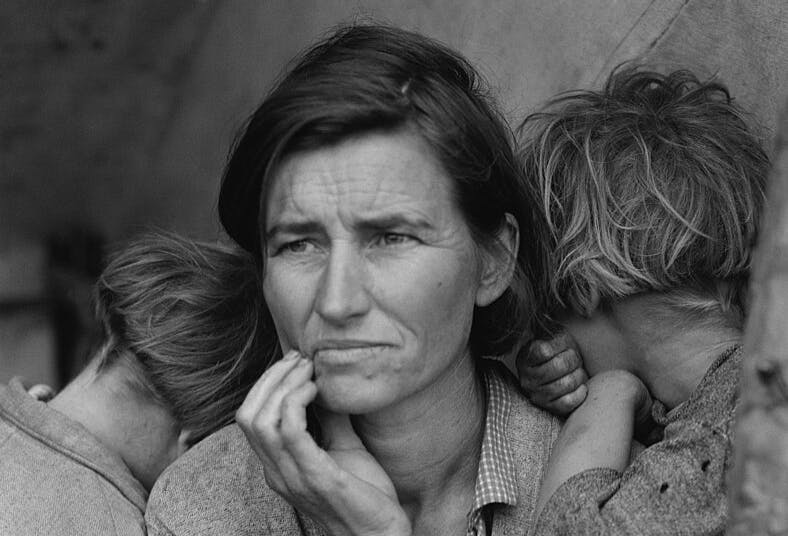
‘Dorothea Lange: Seeing People’
National Gallery, Constitution Avenue, Washington, D.C.
November 5, 2023 – March 31, 2024
Ars gratia artis is all very well, but how about art for the sake of the Farm Security Administration? In the National Gallery’s new exhibition, “Dorothea Lange: Seeing People,” many of the photographs exhibited were commissioned and paid for by the federal Government to illustrate obscure economic reports.
Dorothea Lange was one of a great generation of photographers — including Walker Evans, Gordon Parks, and Marion Post Wolcott — whose careers were kickstarted by their work for the feds during the Depression. Sometimes you’ve got to hand it to Uncle Sam.
“Seeing People” features 101 photographs spanning Lange’s whole career, from society portraitist to dustbowl documentarian to her MoMA retrospective in 1966 — Lange died of cancer in 1965 while preparing for this show. The beautifully-installed exhibition is divided into six sections, providing audiences with a rough map through an otherwise uncharted sea of pathos.
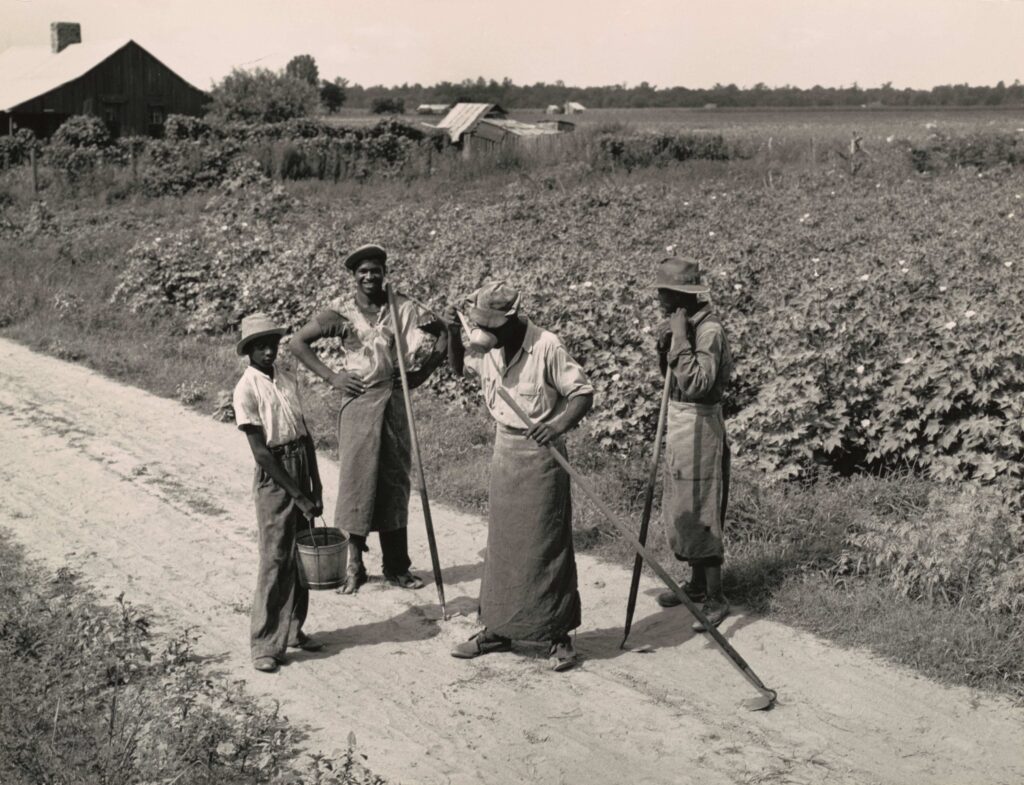
The most famous of these photographs, “Human Erosion in California (Migrant Mother),” was one of a series taken for the Resettlement Administration — later the Farm Security Administration — in 1936, and has come to symbolize the Great Depression in the American imagination.
This pleased neither Lange, who disliked when her photos appeared out of context and without her captions, nor the photograph’s subject, Florence Owens Thompson, who was tracked down and interviewed by a reporter years later.
Since the copyright belonged to the federal government, the use of the image was free and it has since been used in everything from perfume advertisements — her wrinkles were airbrushed — to a Black Panther pamphlet, where Florence was, incongruously, given an afro.
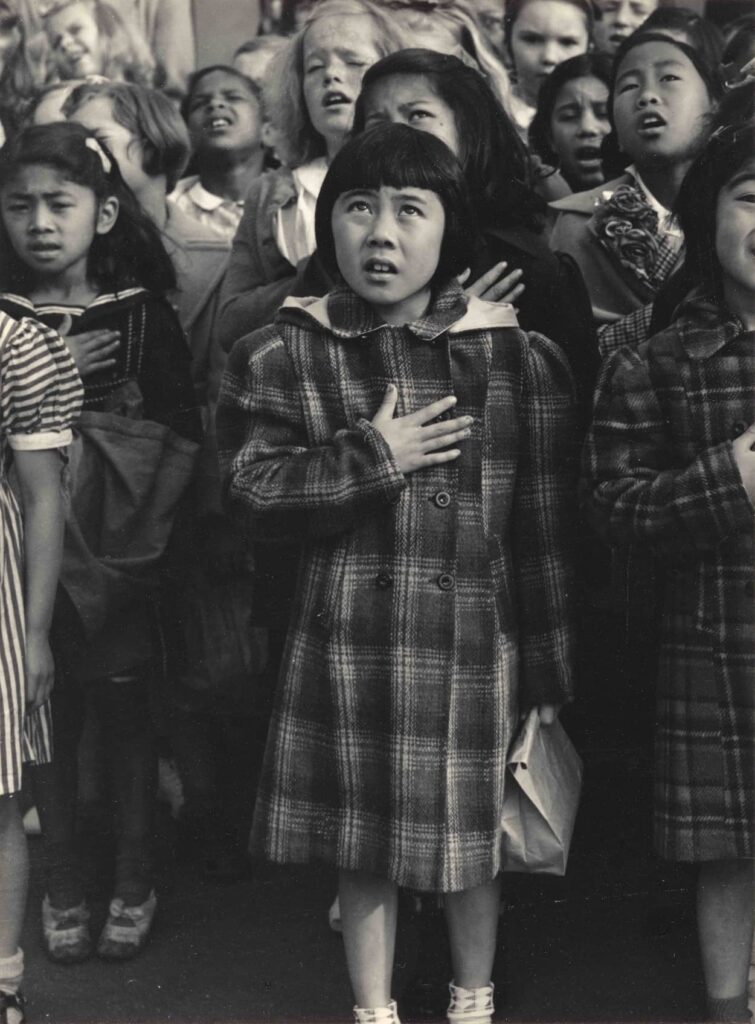
A gorgeously inky print of “Migrant Mother” is on view in this exhibition, and however abused the image has been, it still has the power to bring a lump to the throat. It’s not the only tear-jerker in the show; and yet, Lange’s photos of the downtrodden frequently have an optimistic, sometimes humorous, edge to them.
“Migratory Workers Harvesting Peas near Nipomo, California, Spring 1937” depicts a very young woman picking peas in an enormous pea field, smiling self-consciously to herself, her eyes averted — the picture of teenage awkwardness — while her white headdress recalls a peasant wedding or harvest scene by Bruegel.
“Formerly Enslaved Woman, Alabama, 1938” shows us another individual in a white headscarf, an elderly Black woman who looks like Pharaoh’s army couldn’t take her down and who seems to be hushing someone just out of frame. Further on in the exhibition, the subject of “Arkansas Mother Comes to California” also seems distracted by a commotion off-screen, folding her arms and fixing an unknown miscreant with an affectionate but scolding look.
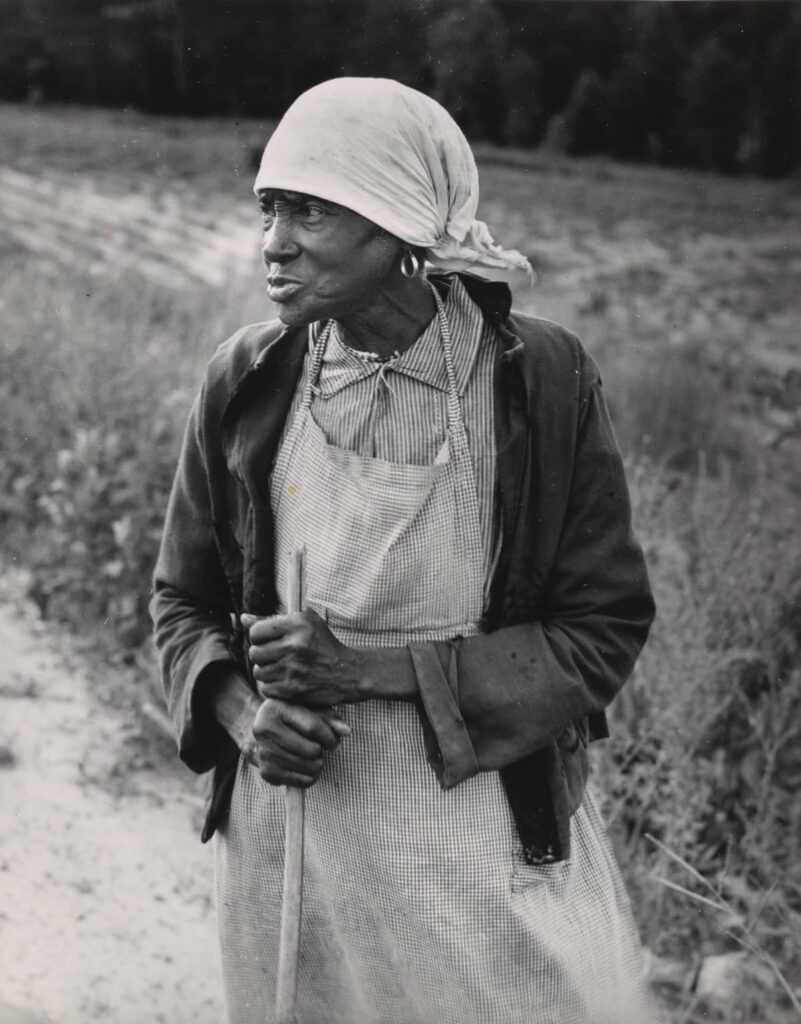
In “Yazoo Delta, Mississippi,” four young Black men pause for a moment during the day’s toil. Only two of them seem to remark Lange’s presence: the older one faces her with a friendly but challenging smile, while the younger of the two regards her dubiously from under his hat. In their different manners, both seem to ask and what are you looking at?
Throughout the show, Lange’s beginnings as a portraitist to stars and socialites comes through: she has an eye for framing her subjects and a clear taste for physical beauty — some of the migrant men and women she shoots look like they might do well to migrate all the way to Hollywood.
Of course, it’s not all smiles and star power: Lange’s photographs do not shy away from human suffering. She is at her angriest in the photographs of Japanese-American internment during World War II, shot on assignment by the U.S. Army. Later the Army impounded her photographs because they were so overtly critical.
Lange had been an ardent supporter of President Franklin Roosevelt during the 1930s — she was a committed New Dealer, and, like FDR, was permanently hobbled by a childhood bout with polio. In her internment photographs, perhaps the most powerful works in the show, one can perceive a sense of betrayal.
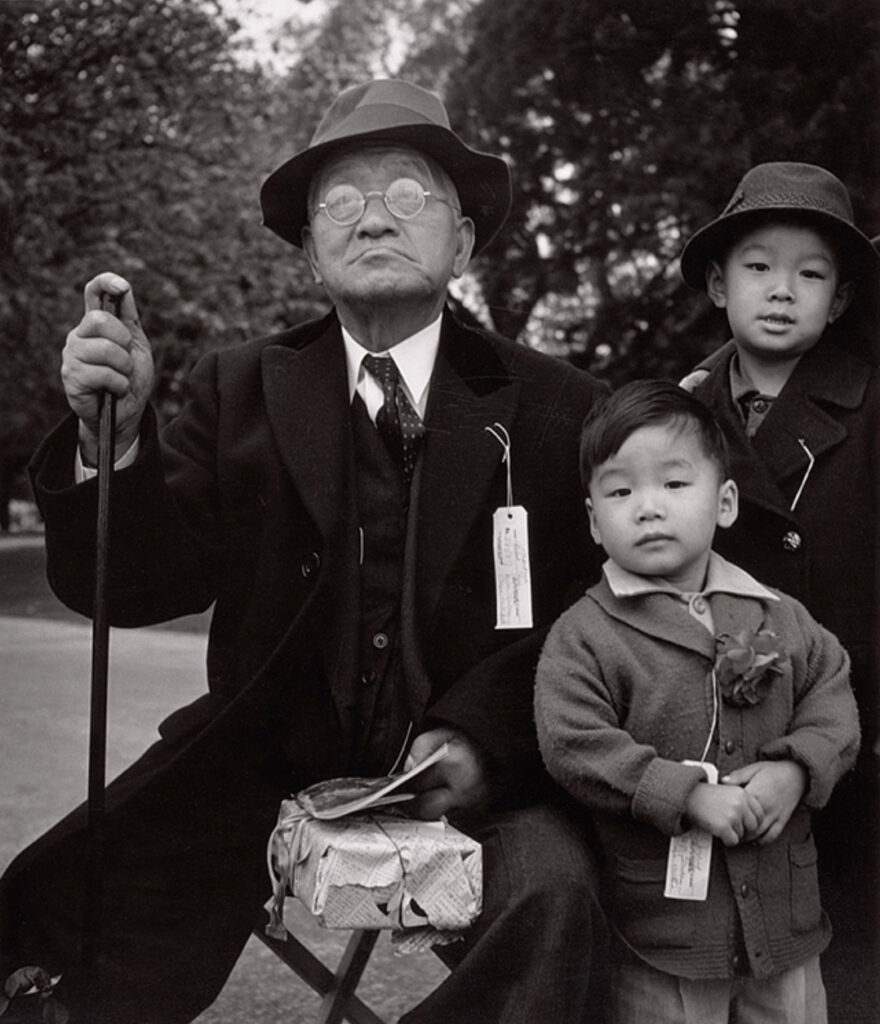
Throughout the exhibition, Lange’s photographs inspire empathy, but not pity: they insist upon the strength of their subjects. Lange was out to improve the lot of the dispossessed, the indigent, and the unlucky, but there is no indication that she thought of herself as some kind of elite savior.
On the contrary, she approaches her subjects as an equal, dignifying and celebrating working Americans. In this, the show at the National Gallery — perhaps accidentally — veers towards the radical: these are populist works of art in keeping with Lange’s own views.
According to her biographer Linda Gordon, Lange was “a radical democrat, and fundamental to this perspective was her respect for human labor, for skill and sweat, and her refusal to treat physical labor as inferior to white-collar work.” In 2023, this puts Lange right back at the cutting edge of political thought. “Seeing People” is potent, timely, and not to be missed.

